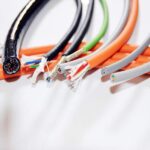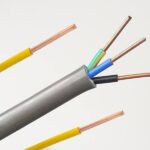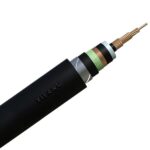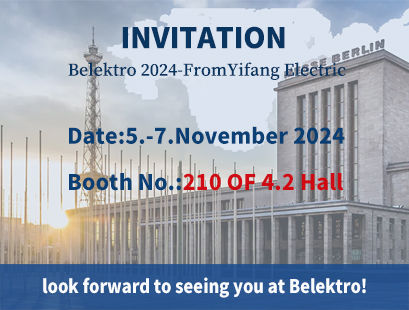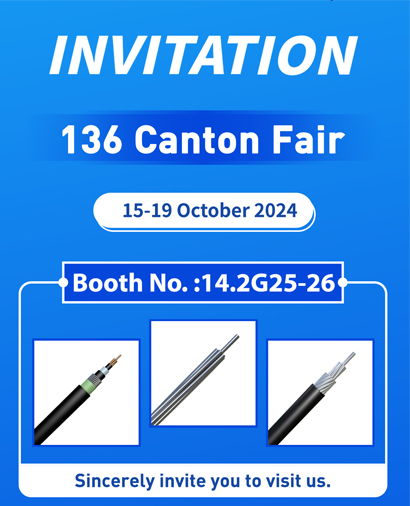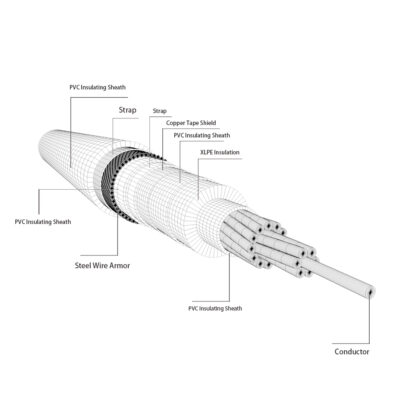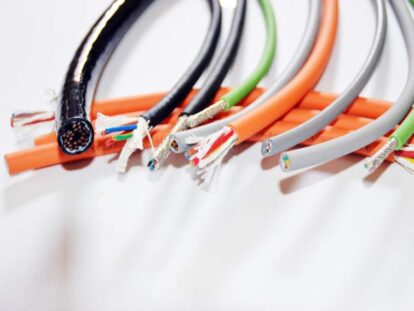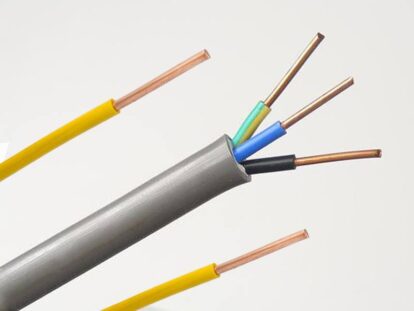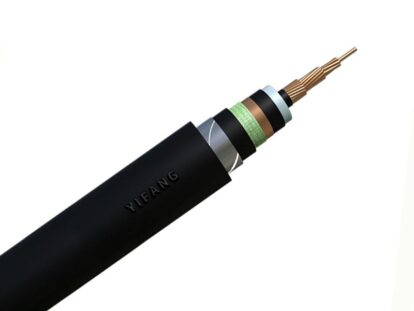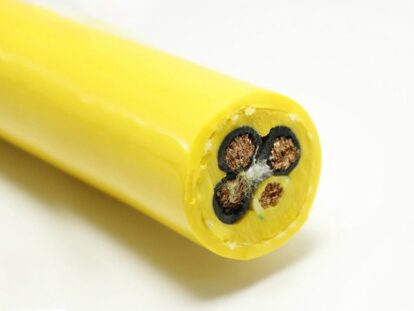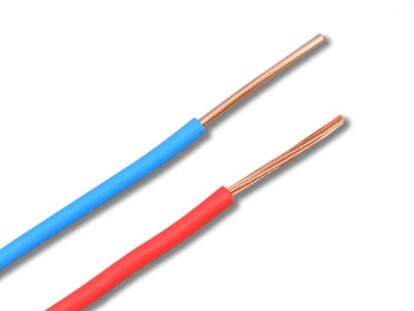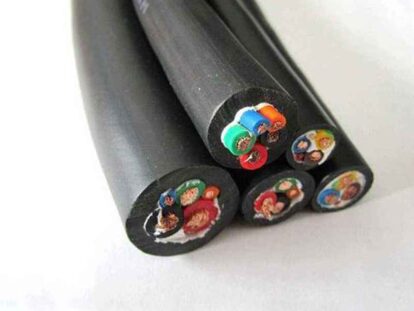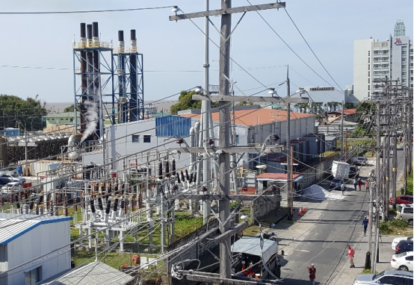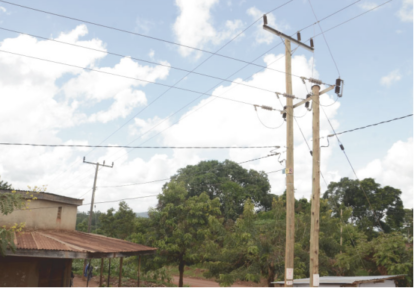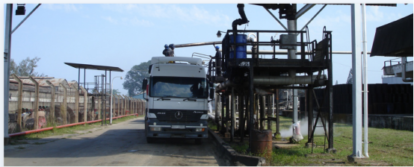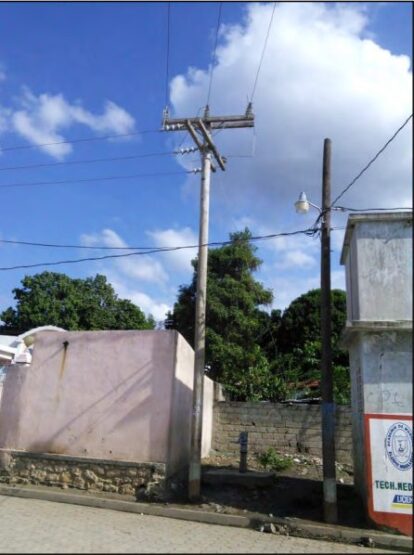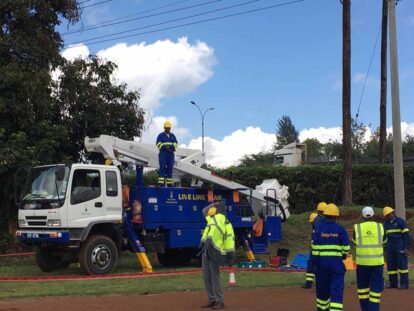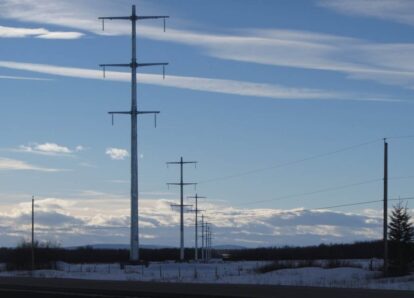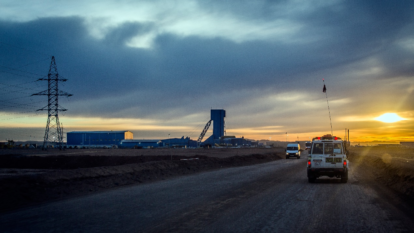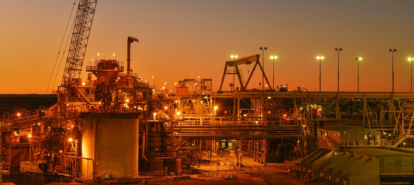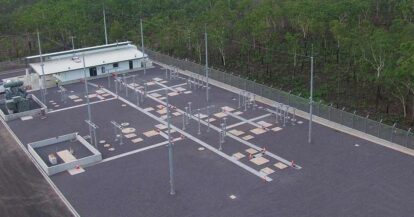Many developed countries now strictly prohibit the use of non-environmentally friendly cables, and no longer use cables that are seriously polluted or have major safety hazards. my country also attaches great importance to this issue.
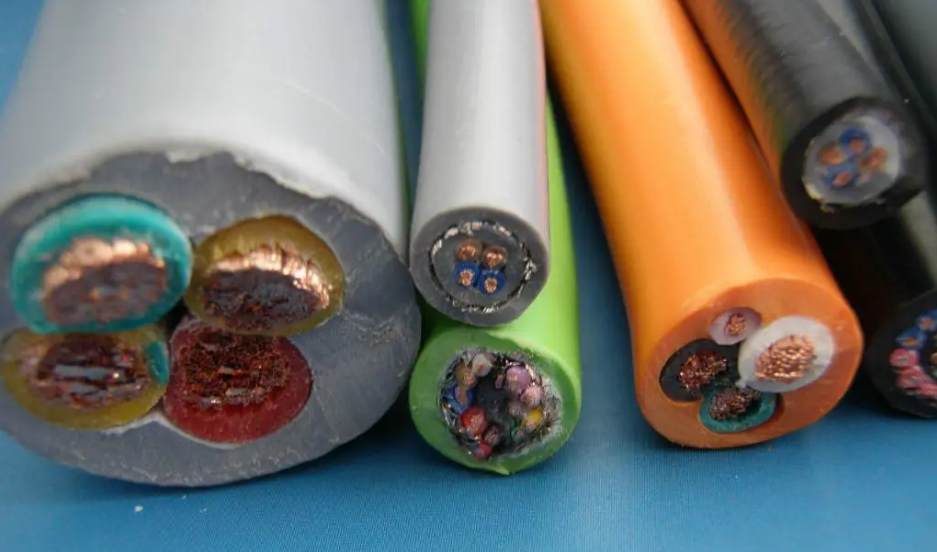
At present, the laws of many countries have expressly stipulated that the use of polyvinyl chloride wires and cables in buildings is strictly prohibited. This kind of cable is a non-environmental protection cable. Once danger occurs, black smoke and toxic gas will be burned, which will affect people's health.
According to legal requirements, halogen-free and low-smoke cross-linked polyolefin wires and cables must be used to avoid unnecessary casualties in the event of a fire.
Environmental protection cables will greatly promote the development of the cable industry, which can help enhance the competitiveness of cable manufacturers, and enable the cable industry to develop steadily in green practice and innovation.
In recent years, my country's cable companies have been slowly transforming, non-environmentally friendly cables have been discontinued, and they are striving towards environmental protection. Environmentally friendly cables and low-smoke halogen-free cables will be the major trends in the future.
The previous cables contained a large amount of harmful heavy metals such as lead, cadmium, and mercury, and almost did not contain elements such as brominated flame retardants and halogens. Therefore, environmental protection elements are added to the new environmental protection cable, which is favored by the market.
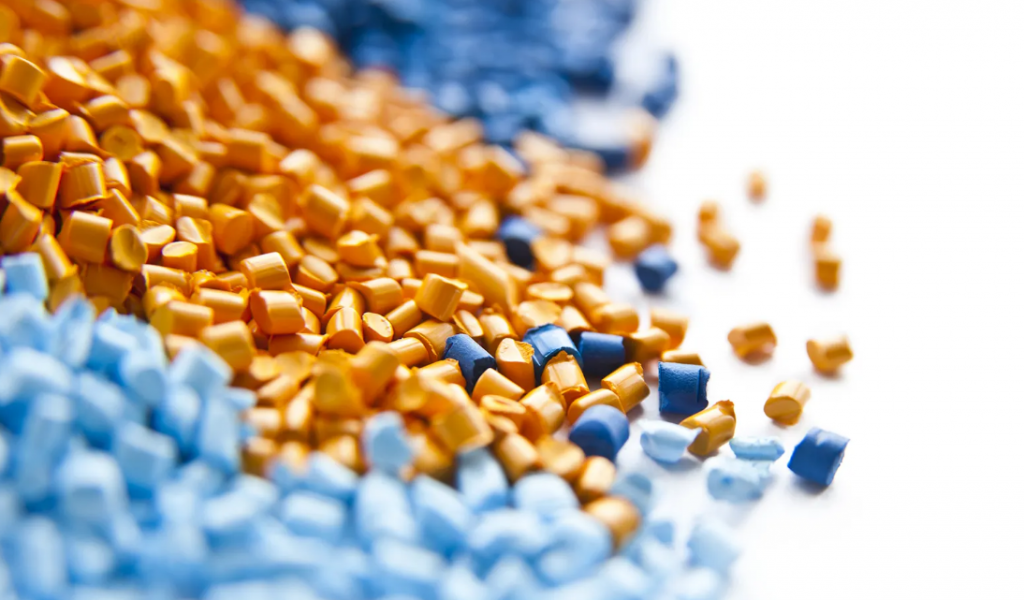
More and more users have higher and higher requirements for cables, which has prompted the development of the cable industry to become more and more advanced and environmentally friendly. To sum up, the following requirements:
1. The content of lead and heavy metals in the cable is required to be low
We all know that lead and some heavy metals are extremely harmful to human health. In the past, when producing PVC cables, mixed additives of these heavy metals were generally added.
With the development of science, people's requirements for health and environmental protection are getting higher and higher, and the cable market is becoming more and more environmentally friendly.
2. Require low smoke and low hydrogen halide
Most of the previous cables did not have flame retardant performance, which is very dangerous. Good flame retardant and fire resistance performance are criteria for judging the quality of the cable. When ordinary PVC cables are burned, they will release a lot of smoke and toxicity. The gas, thus causing the "secondary disaster" after the fire, seriously threatens people's health.
3. Require low toxicity or non-toxicity
Nowadays, buildings and public facilities in many places need to use cables, which requires non-toxic or low toxicity. That is to say, when producing cables, the formulations and ingredients used should be non-toxic.
There is a problem here. Non-toxic plasticizers are used in cable production, which makes the cost of production higher and the price more expensive.
4. Other prohibited substances
At present, many countries have relevant regulations on some production materials, and the following items are restricted to ensure that cables can meet environmental protection requirements. For example, asbestos, biphenyls, and their ethers, polybrominated phenols, polychlorinated biphenyls, short-chain (C10~C13) chlorinated paraffin, etc.
These harmful materials have great harm to human health, so people are more inclined to use green environmental protection cables. At present, there is a cable on the market that is popular with the public, that is, low-smoke halogen-free cable. Its environmental protection function is very good.
Currently,The market demand for green and environmentally friendly cables is increasing. Yifang Electric's LSZH cables ensure that the cables can meet environmental protection requirements and use safer materials to ensure that the cables will not cause accidents and endanger people's health.


